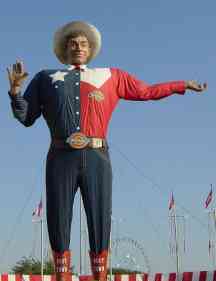After our stop at the Arboretum and a heavy lunch we headed over to see the Suwon Hwaseong Fortress and Palace. In terms of day trips from Seoul, I can’t think of a better
place than Suwon Hwaseong Fortress in the Gyeonggi Province city of Suwon.
In
1997 when the United Nations designated the Suwon Hwaseong Fortress a part of
the world’s cultural heritage, they cited its unique blend of eastern and
western architectural styles. Completed in 1796 by the great Joseon Dynasty
king, Jeongjo (1752-1800), its construction was inspired by the 16th century
Japanese invasions, which destroyed most of Korea’s grand palaces and temples.
In a break with the past, Suwon Hwaseong Fortress was
designed to protect both a temporary palace for the king and a village from
foreign invaders, by means of a 5.7-kilometer long, 5-meter high fortress wall.
But while Suwon Hwaseong Fortress features the stone walls, sentry towers and
turrets of a military stronghold, it’s also enhanced by the delicate and
colorful architecture typical of Joseon-era palaces. The result is an unusually
harmonious integration of styles.
To get an idea of the expanse of the fortress wall - buy a ticket for the train ride around the perimeter. It is a enjoyable way to see the wall, city of Suwon and locals relaxing in the parks that surround the area.
Hwaseong Fortress
On the inside the wall is supported by soil to protect against cannon fire
Canons, rocks, oil and arrows made up the main arsenal
On the outside the wall is much taller to protect against invasion
Wall surrounds the Southern Gate to prevent use of battle-ram by invaders
North King's Gate
41 of the 48 watch towers remain
Train around the perimeter wall (trust me - too far to walk)













No comments:
Post a Comment